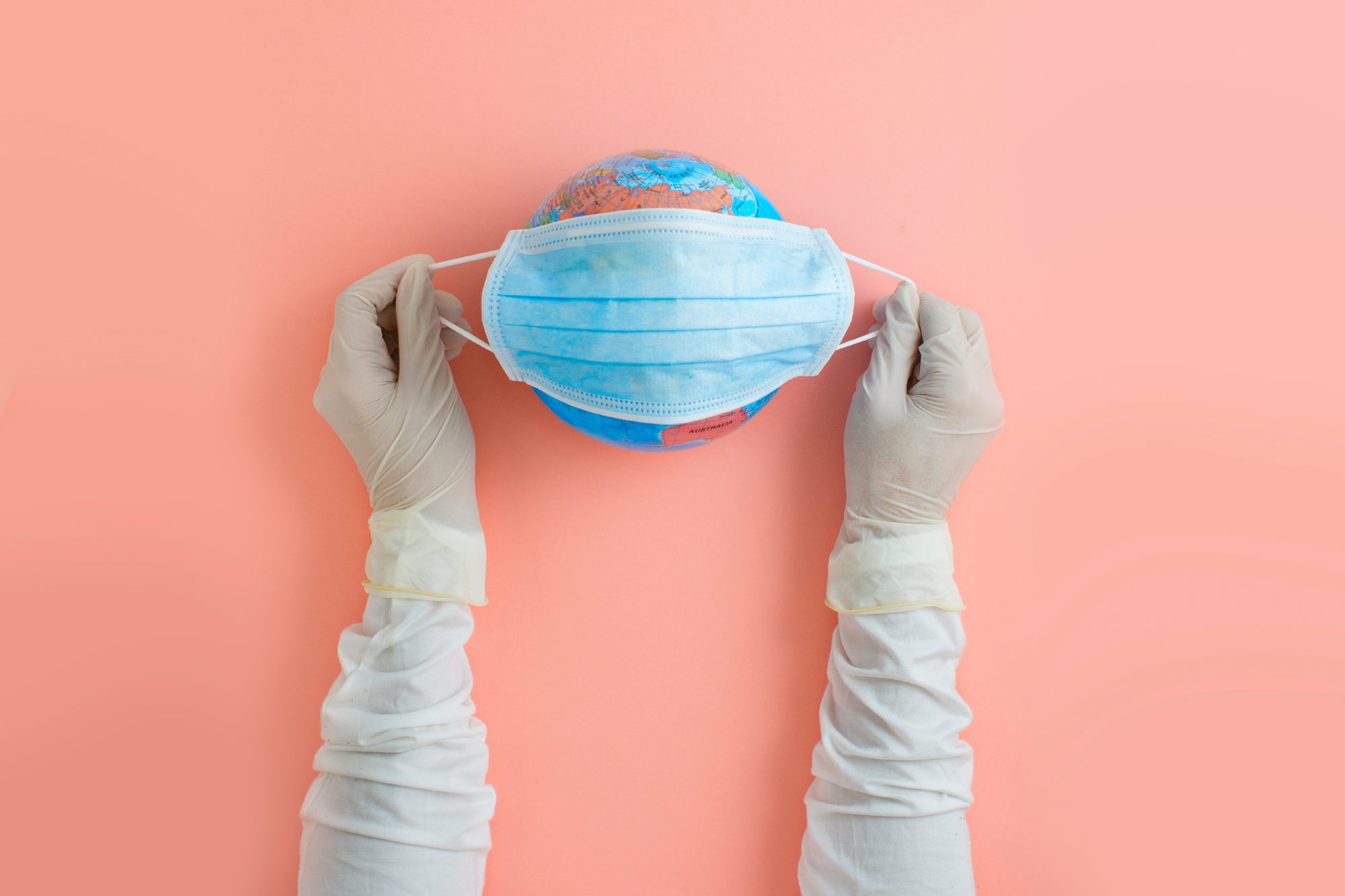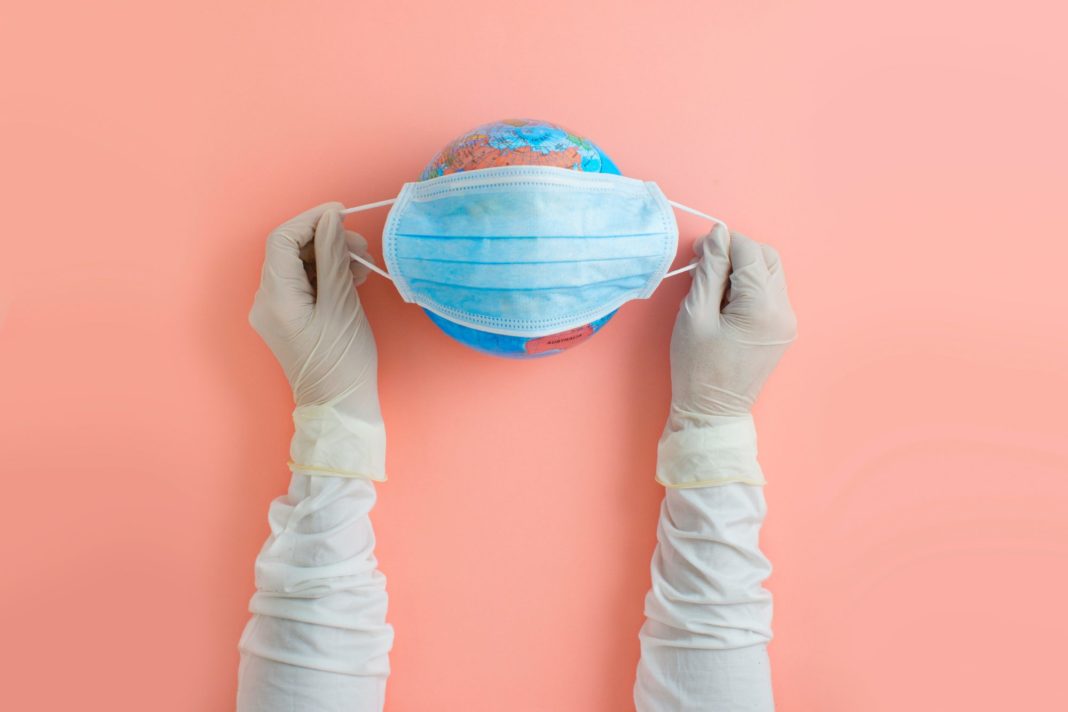
Children all over the world have been touched by COVID-19. In just a few months after learning about the new coronavirus, kids went from happily playing on playgrounds with their buddies to wearing masks, swimming in hand sanitizer, and not being able to play with friends. This pandemic will most likely have a long-lasting impact on their lives, and that's why it's so important to help them understand what it means when we say "pandemic." Here's how you can start the conversation.
What Is the Difference Between an Epidemic and a Pandemic?
Just like a school has many classrooms, our world has many countries. One such country is China, the place where lots of people first started getting sick with COVID-19. The virus moved from person to person in China and then started making people sick all over the world.
Think of a virus like a bottle of spilled glitter in your classroom. If someone has it on their hands and touches another person, then they have it on them as well. A virus is like that; if someone has it, it can get to someone else and then someone else, and so on until everyone is covered in glitter.
When a virus spreads through communities in a single country and many people get sick, we call that an epidemic. But what happens if the kids leave the classroom and spread glitter to the kids all over the school? When a germ spreads to another country or across the world to many countries and gets a lot of people sick, we call that a pandemic.
What Is the Criteria for a Pandemic?
Pandemics affect a large number of people over a huge area like the entire world. This is caused by a germ that people's bodies have never seen before, has changed a lot, or that hasn't been around for a very long time. Since the virus is so different, new, or there's no vaccine for it, our bodies don't know how to fight it off. This means a lot of people will end up sick and, sadly, many people may die.
What Happens When a Pandemic Is Declared?
Once a germ has gotten out of control and has begun to affect a large area, the World Health Organization declares a pandemic. From there, health agencies across the globe try to figure out how they are going to stop the germ from spreading. Some ways they do this is by telling people to not get together in groups, and by making sure people wear masks and practice good hygiene.
Once the scientists have discovered more about the virus, then they will begin to educate the public on what to do to further prevent it from spreading. Scientists will also work on finding medications and vaccines to help stop the spread of the virus.
What Is Worse, a Pandemic or an Epidemic?
Pandemics are epidemics that travel. Glitter spreading around the whole school like a pandemic is much worse than glitter spreading around one classroom like an epidemic. Of course, epidemics and pandemics are both very bad, but pandemics affect a lot more people and are much harder to stop.
The World Health Organization does its best to stop an epidemic before it gets bigger and bigger and moves to more countries to become a pandemic. That means if you spill some glitter in your classroom, always be sure to wash up and not touch your friends!
Taryn Chapman is a molecular biologist, creator of The Vaccine Mom, a staff writer at Immunization Action Coalition, and a writer and vlogger for Vaccinate Your Family.


